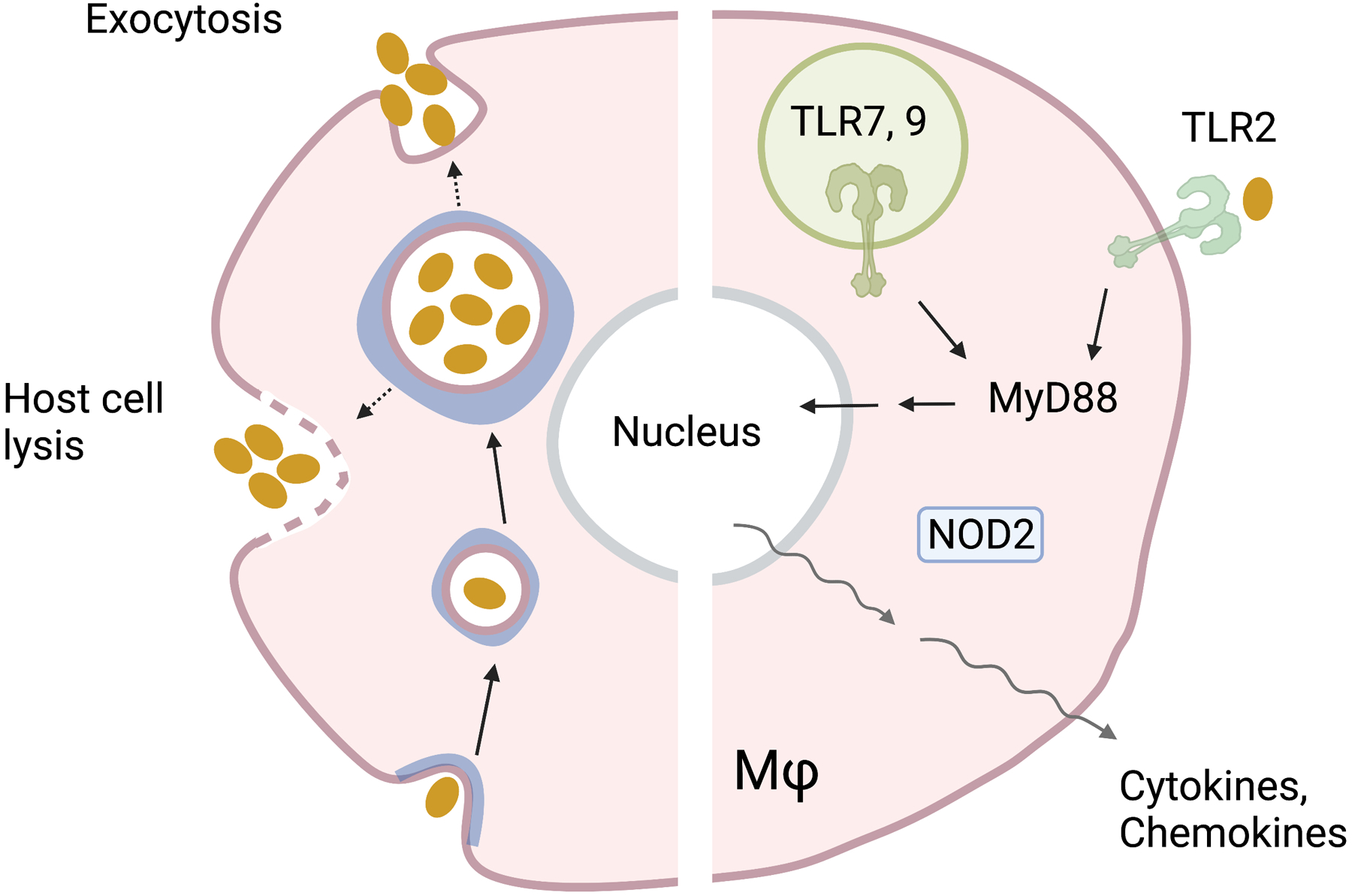Figure 3. Ehrlichia chaffeensis intracellular life cycle and host innate response.

Ehrlichia enters the cell via Caveolae (in blue)-mediated endocytosis. Initial entry is characterized by an infectious dense core which later differentiates to a replicative reticulate form. Bacteria can exit from the cell by host cell lysis or exocytosis. Host immune recognition is mediated by TLR2 on the cell surface, or TLR7/TLR9 within the endosome, leading to MyD88 pathway activation. NOD2 may also sense Ehrlichia within the cytoplasm. The phylogenetically related organism A. phagocytophilum induces a PRR activation signature like Ehrlichia, for innate recognition by TLR2 and NOD2. Together, TLR and NOD2 recognition can activate the transcription of proinflammatory cytokines and chemokines.
